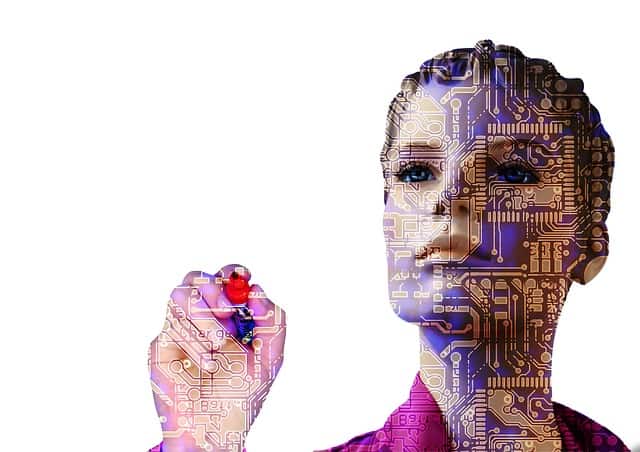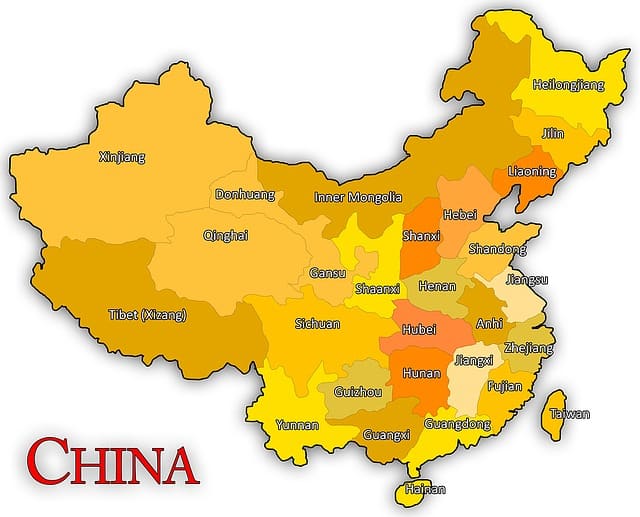A robotic arm can be described as a mechanical arm that can be programmed with functions similar to what human arms can execute. This arm can either be part of an intricate robot, or form the entire mechanical equipment. The components of such a flexible arm robot are linked by joints which allow them to move in a linear displacement or rotational motion. The connectors are said to make a kinematic chain and the end of this chain is referred to as the end effector.

The evolution of technology has seen many automation manufacturing companies include a flexible robot arm in their processes. This enables the robots to carry out tasks on various products within the same workstation. These robots come with various advantages such as maximizing space, enhanced productivity, production volumes, and improving organization investment durability.
Today, many manufacturing companies are embracing the flexible robot arm globally in order to maximize on the benefits, one of which is the ability to undertake numerous part variations without having to execute manual changeovers. Usually, product modifications need adequate space and sometimes manufacturing companies may be forced to invest on more space.
eliminates this requirement since employees can easily move them to the required area. In addition, employees can use a similar line to produce different forms of a specific component in the same workstation. What’s more, manufacturers do not need to move parts to a different workstation; neither does the part require manual input to execute a small alteration in parameters. This means that a variety of parts can easily and continuously flow from the same line in actual time.
Flexible robot arms enable manufacturers to perform routing flexibility. This means that multiple robots can execute the same task on the same component. Different robots come with different specifications. For instance; some may come with tailor made multiple robot work cells designed to cater for specific product requirements. In addition, these robots come with added flexibility especially in areas where there is need for product volume change.
A flexible arm robot can execute various tasks in different applications regardless of its size. Still, it works at enhanced speeds which allow it to manage increased volumes. In addition, it is easily programmable and can be adjusted to incorporate more changes.
Robotic Arm Benefits To Manufacturing Companies
Manufacturing companies can benefit by integrating a flexible robot arm in their manufacturing processes. These will help them establish a functional production line and help them save on space and enhance production. While this technology may be seen to benefit the already established companies, it is evident that demand for interchangeable parts is on the rise.
Companies need to embrace new technology in order to meet the market demand. Therefore, both small and middle sized businesses can incorporate robots in their manufacturing activities in order to enjoy flexibility and a wide range of configurations, essential for the betterment of their businesses. However, they still have to incorporate experts and the right equipment for this success to take effect.
About The Robotic Arm
Usually, a conventional manufacturing robotic arm comes with seven metal sections which are linked together by six joints. A computer regulates the robot by revolving distinctive step motors linked to every joint. Some arms are larger and use pneumatics or hydraulics.
Step motors move in precise augmentation which enables the computer to maneuver the arm accurately, and to repeat a similar movement continually. In this case, the robot utilizes motion sensors to ensure it moves the correct amount.
Industrial robots which come with six joints are similar to the human arm and come with a replica wrist, elbow, and shoulder. The shoulder in this case is fixed on a motionless base structure as opposed to a portable body. The robotic arm robot comes with a six degree ability which means that it can revolve in six distinct ways.
The role of the robotic arm is to propel an end effector from one area to the other. Robotic arms can be fitted with different types of end effectors suited for specific applications. For instance; the simplified form of the hand can hold and transport items.
Finally
Robotic arms come with inbuilt pressure sensors which inform the computer the amount of force the robot is using to hold a specific object. This prevents the robot from breaking or dropping objects.




